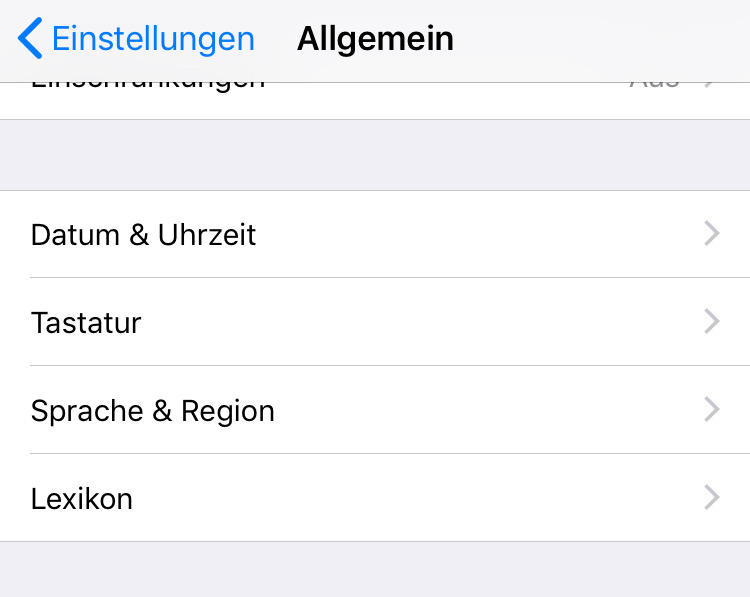

- #DOES NOT EQUAL SIGN TEXT IPHONE HOW TO#
- #DOES NOT EQUAL SIGN TEXT IPHONE PLUS#
- #DOES NOT EQUAL SIGN TEXT IPHONE DOWNLOAD#
’ (right single quotation mark or apostrophe) ` (grave accent or backtick or backquote)

º masculine ordinal indicator or degree symbol)
#DOES NOT EQUAL SIGN TEXT IPHONE HOW TO#

This first group of characters, which currently includes 93 special characters, use diacritics. We don't have those options on the iPhone, so these actions are delegated to the long-press instead.
#DOES NOT EQUAL SIGN TEXT IPHONE PLUS#
On your computer, you might be used to using the Shift key plus a corresponding key, the Option key plus a corresponding key, or a character keycode instead. All of these characters are accessible via a long-press of the corresponding key. Don't Miss: 32 Things You Didn't Know About Your iPhone's Keyboardīelow, I've listed all of the hidden characters you'll find on your iPhone's English (US) keyboard.You use these to change how the pitch of a letter sounds, emphasize syllables, indicate stress, mark a letter as long or heavy, create independent letters distinct from their diacritic-less versions, and more. In the default English keyboard, you'll find composite characters using accents such as acute (á, ó, Ú), circumflex (Â, ê, î), grave (Ò, ù, Í), and tilde (ã, Ñ, õ) dots such as umlaut (Ö, ü), and other diacritics such as macron (ā, Ā), overring (å, Å), and slash (ø, Ø). Keyboards in other languages will have their own sets of hidden characters. The characters uncovered here are found in the English (US) keyboard on iOS 15 and iOS 16, but you'll also find most of them in older iOS versions too, as well as on iPadOS. These special composite characters can include accents, dots, and other diacritics, and you'll even see some strange typographical characters like the section sign, inverted marks, and per mille symbol. For example, you can include some browsers and exclude other older browsers, when testing a new web app.Over 115 secret characters are hiding behind your iPhone's default keyboard, and I'm not talking about what you see after tapping the "123" or "#+=" keys. Use the Browser variable to target users of specific web browsers. This rule will evaluate as true when a user visits your website from a mobile device: VariableĮxample: Target users of specific browsers
#DOES NOT EQUAL SIGN TEXT IPHONE DOWNLOAD#
Target them with a variation of your app's landing page and test conversions against a download goal. Use the Device category variable to target mobile visitors to tell them about your mobile app. Technology targeting makes it easy to show experiment variations only to users browsing on mobile devices. Website visits from any device without Nexus in its user agent string.Įxample: Target users browsing on mobile devices.Primarily used in Geo and Technology targeting, a rule using the does not equal match type will evaluate as true when the visitor's browser, operating system or device category does not equal any of the entered values. Equals / does not equalĮvery character, from beginning to end, must be an exact match of the entered value for the condition to evaluate as true.

The Browser, Operating System and Device Category variables use the following match types: equals, and does not equal. Match types – Browser, OS, and Device Category


 0 kommentar(er)
0 kommentar(er)
